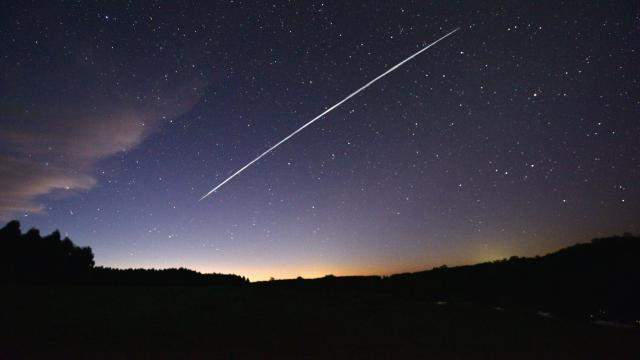New Starlink data out today shows where in the U.S. Elon Musk’s ambitious satellite internet service is exceeding expectations — and where it’s falling short.
According to Ookla, the company behind a Speedtest app and website that lets anyone test the speed of their broadband and mobile connections, Starlink speeds vary greatly depending on where you live.
Starlink is currently available throughout the U.S. and Canada, and has reportedly racked up more than 500,000 preorders. (I placed a preorder a few months ago, but I have yet to receive the equipment.) But users living in certain places within those two countries will get a better connection than others. Broadly, Ookla says median Starlink download speeds in the U.S. ranged from 40.36 Mbps in Columbia County, Ore. to 93.09 Mbps in Shasta County, Calif., during the first quarter of the year.
These may seem like OK speeds, but while in some places they were a vast improvement over fixed broadband providers (545.6% faster in Tehama County, Calif., for instance), others saw a disappointing drop (67.9% slower in Clay County, Mo.).
Looking at a map Ookla provided of Starlink speeds compared to fixed broadband speeds in the U.S., users living in the northern parts of California, Washington, Nevada, Idaho, the border between Oregon and Washington, and a small pocket in the north of Vermont saw the greatest increase in download speeds. But a smattering of pockets across the same states and in other states like Wisconsin and Michigan saw a decrease in download speeds compared to fixed broadband in the area.
When you overlay Ookla’s map with a regular map of the U.S., the areas with worse performance than fixed broadband appear to be clustered around major cities and large metropolitan areas. It’s not surprising that users in or around Los Angeles, for instance, would see slower speeds compared to other ISPs in those areas. A bad satellite connection can happen for a lot of different reasons, but the perhaps the biggest factor is obstructions. Buildings, trees, bad weather — the list goes on. The ideal use case for Starlink and other satellite internet providers is to provide a fast internet connection in the countryside, with wide open spaces for miles. That doesn’t always exist in urban and suburban areas.
A place like Tehama County, Calif., where the largest city is Red Bluff (with just over 14,000 people), is an ideal place for Starlink.
Customers in both the U.S. and Canada experienced astronomically higher latency compared to fixed broadband customers in the same areas, up to 486% higher in the U.S. and up to 369% in Canada. Latency in the U.S. ranged from a low of 31ms in Kittitas County, Wash., up to 88ms in Otsego County, Mich. Median latency from all other fixed broadband ISPs combined were between 8ms and 47ms.
Starlink is still in its early beta days, but it seems like a viable solution for many rural residents who currently lack reliable access to the internet. As SpaceX sends up more satellites into orbit and increases Starlink’s network capacity, it should be able to offer the same speeds to more people living in rural areas.
Editor’s note: Starlink is not currently available in Australia but is coming soon.
